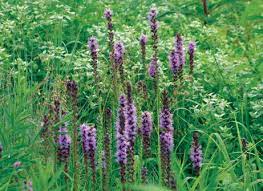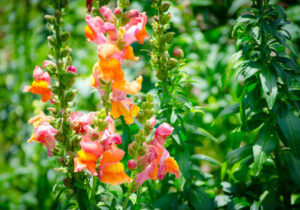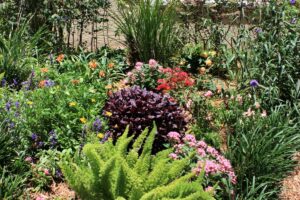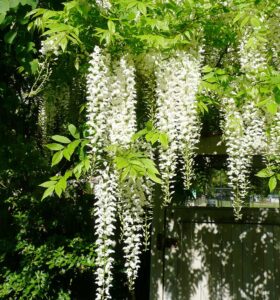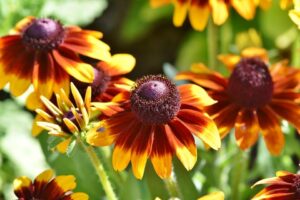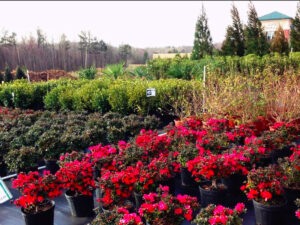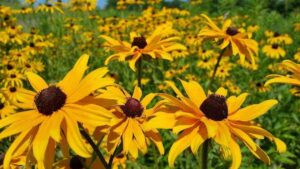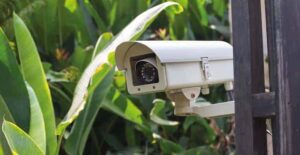
Garden centers are places of tranquility and beauty, where customers can immerse themselves in nature and explore a wide variety of plants, flowers, and gardening supplies. However, with the rise in thefts, vandalism, and other security concerns, it has become essential for garden centers to implement robust security measures to protect their assets and provide a safe environment for both customers and employees. One of the most effective security tools for garden centers is the use of security cameras. In this blog post, we will explore the reasons why garden centers should embrace security cameras as a vital component of their overall security strategy.
Deterrence against theft and vandalism
Security cameras act as a powerful deterrent against theft and vandalism. The mere presence of cameras can significantly reduce the likelihood of criminal activities occurring in a garden center. Potential thieves and vandals are less likely to target a store with visible security cameras, as they know their actions are being monitored and recorded. This proactive approach can discourage criminal behavior, protecting the garden center’s merchandise and assets.
Employee and customer safety
Garden centers often have a large number of customers and employees on the premises, especially during peak seasons. Security cameras play a crucial role in ensuring the safety of both parties. Cameras positioned strategically can monitor the entire area, including parking lots and entry points, helping to identify potential threats and providing valuable evidence in case of any incidents. This added layer of security enhances the overall well-being of everyone present, promoting a sense of security and trust.
Investigation and evidence collection
In the unfortunate event of theft, vandalism, or any other criminal activity, security cameras serve as invaluable tools for investigation and evidence collection. High-quality cameras capture detailed footage that can be used by law enforcement authorities to identify perpetrators and build a solid case against them. Additionally, recorded video footage can also assist insurance claims, ensuring that the garden center receives the appropriate compensation for any damages or losses incurred.
Employee accountability and productivity
Security cameras not only protect against external threats but also help manage internal concerns. By monitoring employee activities, garden center owners can ensure that staff members are adhering to protocols and performing their duties efficiently. This can promote a more productive work environment and discourage any misconduct or unauthorized activities. Moreover, security cameras can serve as a training tool, allowing managers to review footage and provide constructive feedback to employees, thereby improving overall performance.
Remote monitoring and management
With advancements in technology, security camera systems now offer remote monitoring capabilities. This feature is particularly beneficial for garden centers that may have multiple locations or for owners who cannot be physically present at all times. Through remote access, owners and managers can monitor their garden centers in real-time, addressing any potential security issues promptly. Remote monitoring also enables proactive responses to emergencies, reducing response times and minimizing potential damage or losses.
Customer service and experience enhancement
Security cameras not only contribute to the security aspect of a garden center but can also be utilized to improve customer service and experience. A Winter Garden Security Camera specialist told me by monitoring customer movements and behaviors, garden center owners can gain valuable insights into customer preferences, popular product areas, and traffic patterns. This data can inform business decisions, such as product placement, store layout improvements, and staffing adjustments, ultimately leading to a more personalized and satisfying customer experience.
Conclusion
As garden centers face increasing security challenges, the adoption of security cameras becomes a necessity rather than an option. By investing in a comprehensive security camera system, garden centers can effectively deter theft and vandalism, ensure the safety of employees and customers, and provide valuable evidence for investigations. Moreover, security cameras promote employee accountability and productivity while facilitating remote monitoring and management. By leveraging security camera footage, garden center owners can enhance customer service and optimize the overall shopping experience.
Embracing security cameras not only safeguards a garden center’s assets but also fosters a sense of trust, security, and well-being among customers and employees. In an evolving world where security concerns are ever-present, the implementation of security cameras is a proactive measure that can significantly contribute to the success and sustainability of garden centers.




